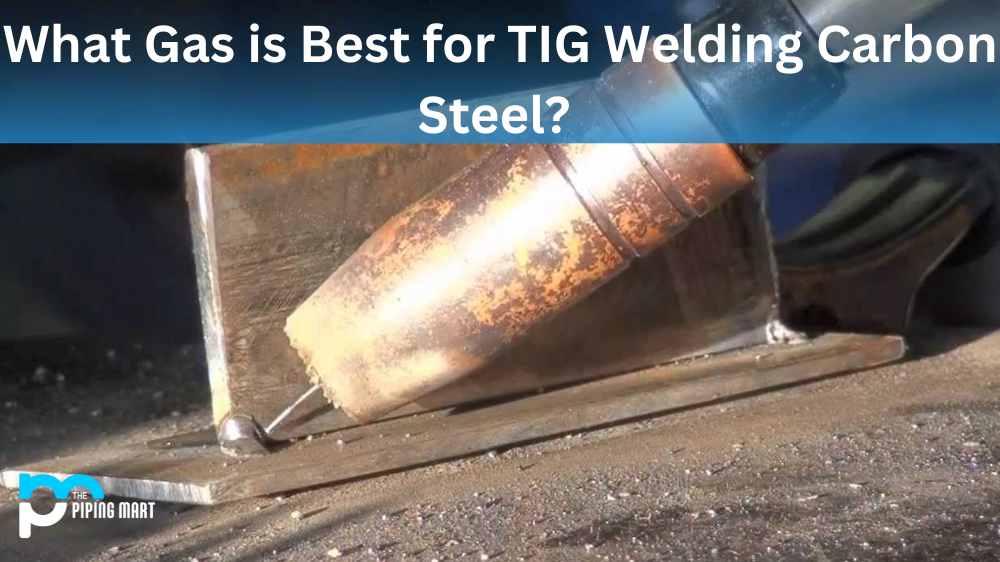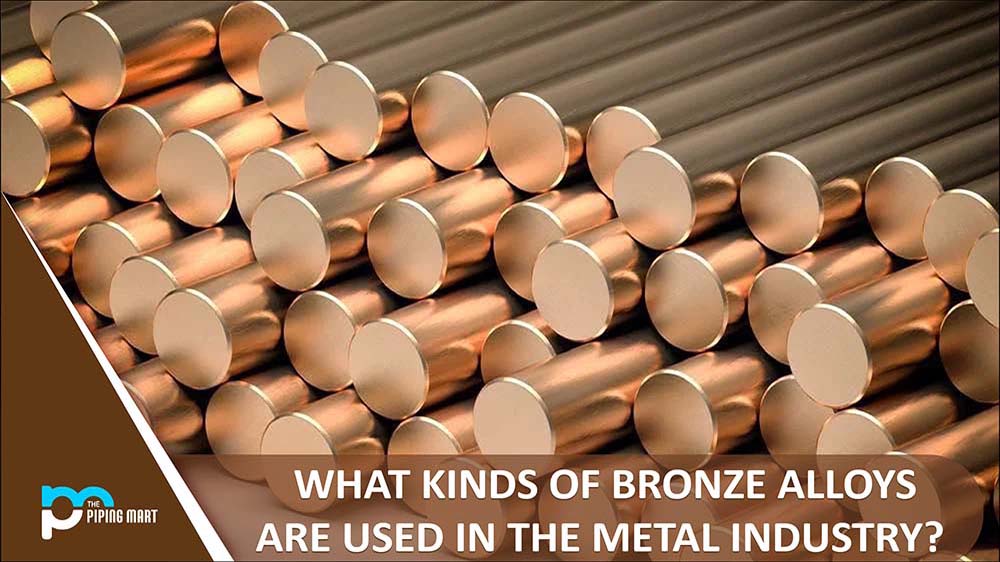TIG welding, also known as tungsten inert gas (TIG) welding, is an excellent method for joining carbon steel. It’s an incredibly versatile process that can be used to weld nearly any type of metal, including aluminum and stainless steel. To use this process successfully, choosing the right type of gas for the job is important. Let’s look at what gas is best for TIG welding carbon steel.
Types of Gas Used for Carbon Steel Welding
Regarding TIG welding carbon steel, two types of gases are commonly used — argon and helium. Argon is the most popular choice as it provides a stable arc and good penetration. The downside is that argon can cause a spatter, which needs to be removed after welding. Helium has a higher heat capacity than argon and helps produce a clean bead appearance by reducing spatter. However, helium can also make the arc less stable than argon.
Choosing the Right Gas
The choice between argon and helium depends on your needs and preferences and the thickness of the material you are welding. Argon is great for thin metals because it provides good penetration without producing too much spatter. Helium may be a better option for thicker materials because its higher heat capacity allows for deeper penetration with fewer defects in the welded joint.
Gas Mixtures
For some applications, such as thick welding pieces of carbon steel or aluminum, you may consider using a gas mixture instead of pure argon or helium. A gas mixture combines both gases in different ratios depending on your needs; these mixtures usually consist of 75% argon and 25% helium or 50/50 parts argon and helium by volume. Using a mixture reduces spatter while providing good arc stability and deep penetrating welds with minimal defects in the welded joint surface area.
Conclusion:
Whether you’re new to TIG welding or have been doing it for years, choosing the right type of gas is essential for successful carbon steel welds. Pure argon works well on thin metals due to its stable arc but produces more spatter than other gases; on thicker pieces, you may consider using pure helium or a blend of both gases instead to reduce spatter while still getting good penetration into the material welded together. By understanding which type of gas works best under varying conditions, you’ll be able to create strong joints that will last for years!

Pipingmart is B2B portal specializes in industrial, metal and piping products. Also, share latest information and news related to products, materials and different types grades to help business dealing in this industry.




